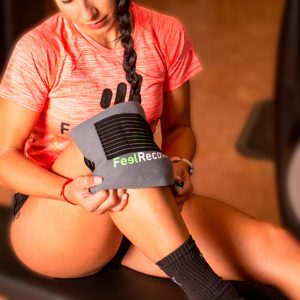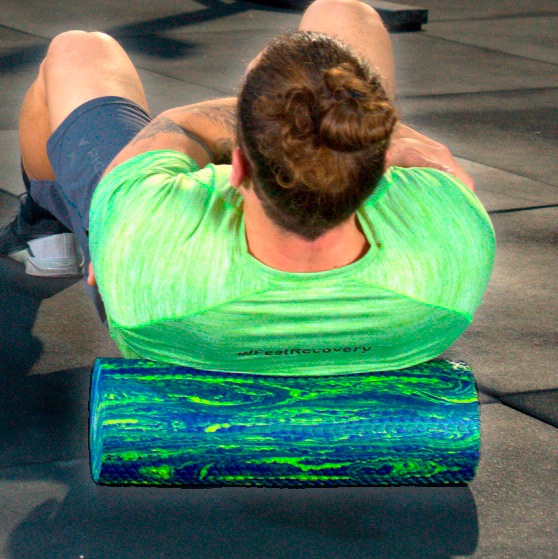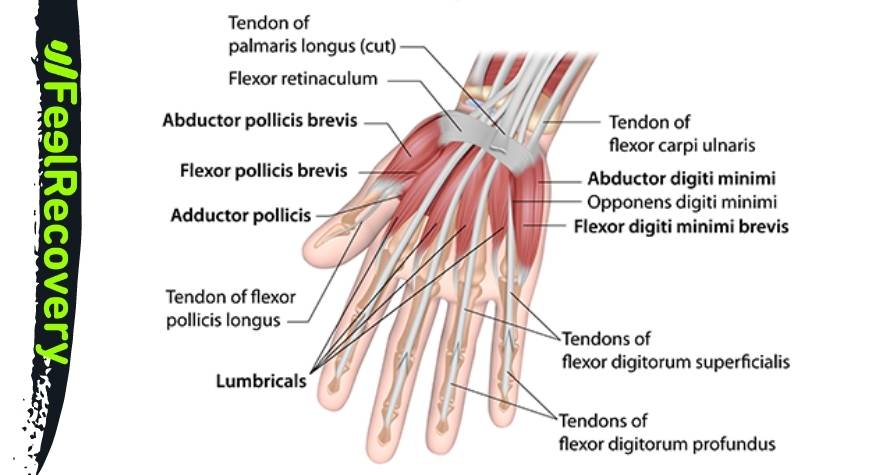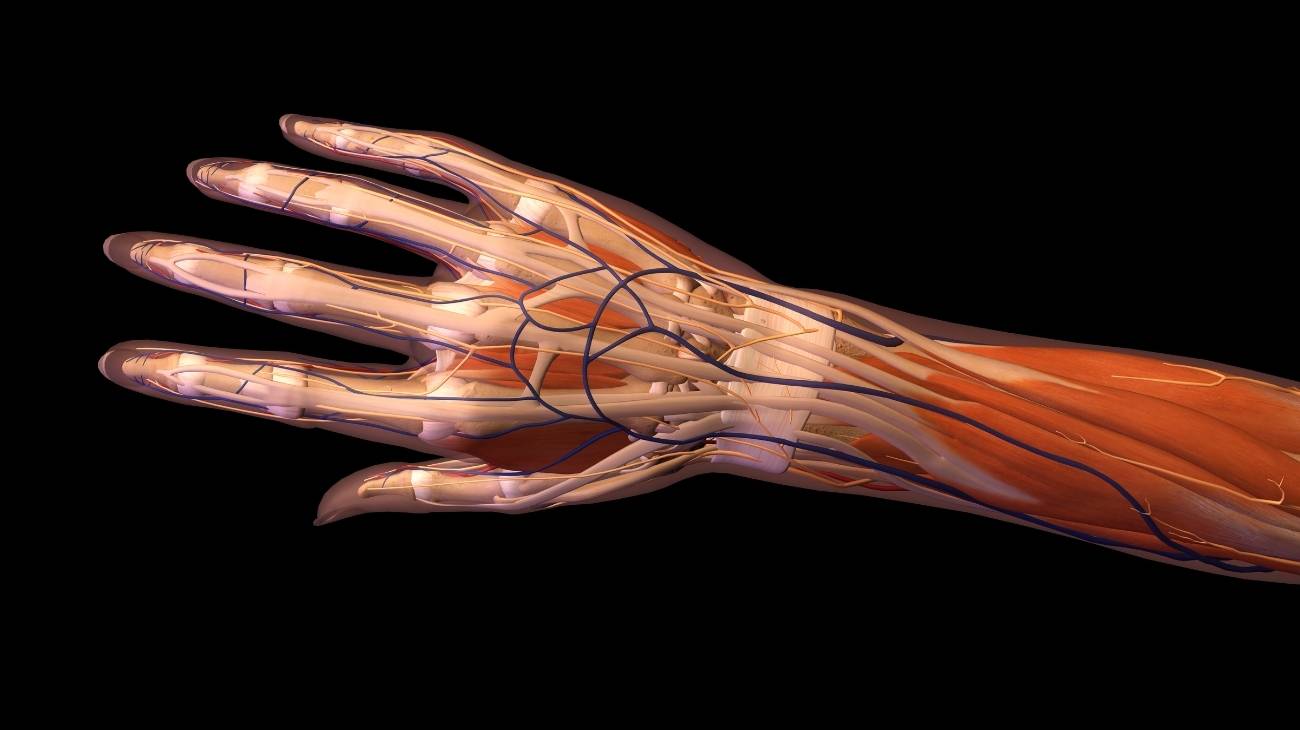Hand & Wrist Anatomy
The anatomy of the wrist, hand and fingers is very complex, because it involves 27 bones and a large number of muscles and ligaments that are used in biomechanical movements. This joint part of the human body is prone to all types of injury, from fractures, tendonitis and even bursitis.
Featured Categories




















